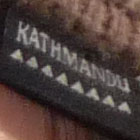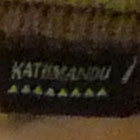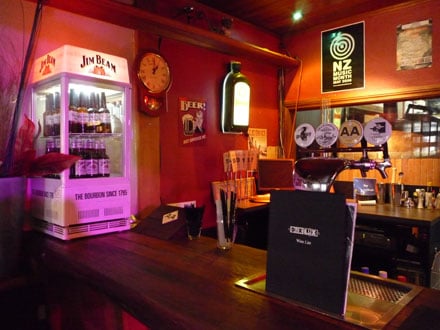Panasonic Lumix DMC-FX500
-
-
Written by Gordon Laing
Panasonic Lumix DMC-FX500 gallery
| ||||||||||||||||||||||||||||||||||||||||||||||||||||||||||||||||||||||||||||||||||||||||||||||||||||||||||||||||||||||||||||||||||||||||||||||||||||||||
The following images were taken with the Panasonic Lumix DMC-FX500. The FX500 was set to Program mode with Auto White Balance and the Adjust Image parameters set to their default zero positions. OIS Mode 1 was enabled for all these handheld images.
The individual exposure mode, file sizes, shutter speeds, aperture, ISO and lens focal length are listed for each image.
The crops are taken from the original files, reproduced at 100% and saved in Adobe Photoshop CS2 as JPEGs with the default Very High quality preset, while the resized images were made in Photoshop CS2 and saved with the default High quality preset.
The three crops are typically taken from far left, central and far right portions of each image.



































